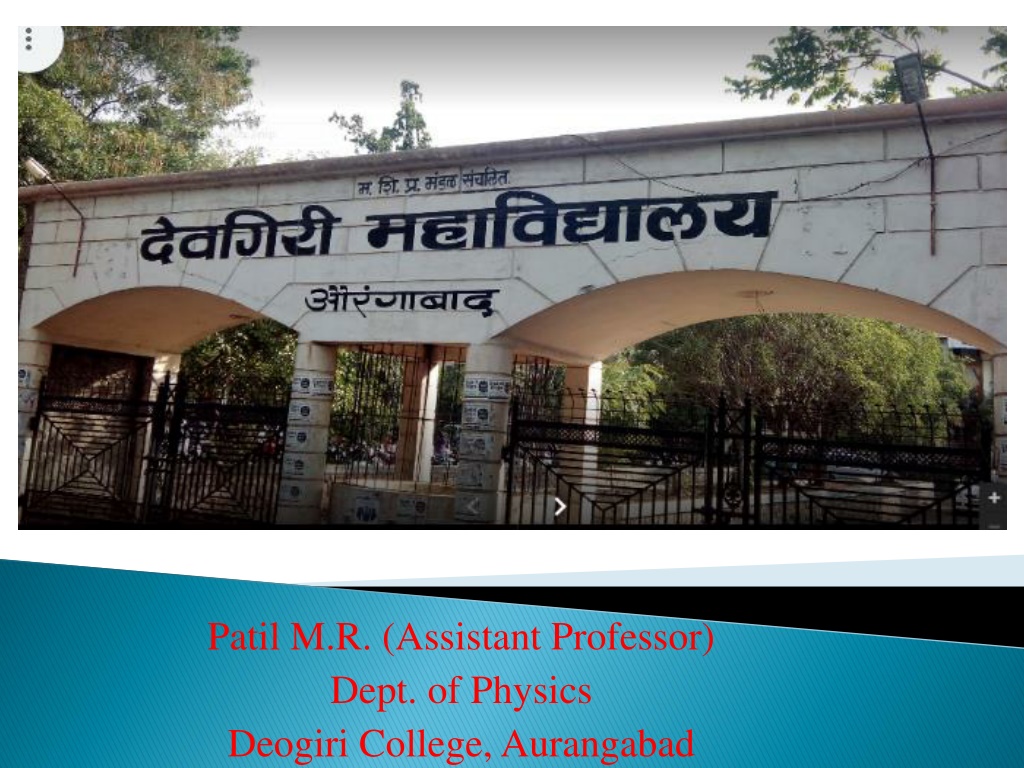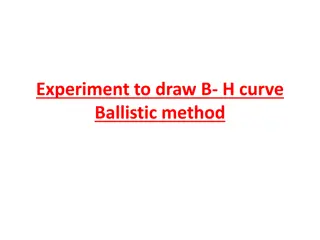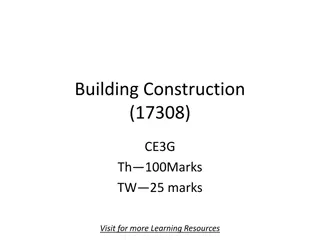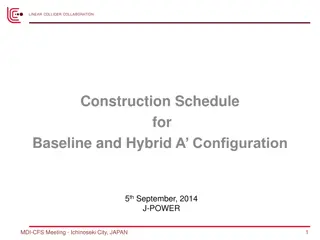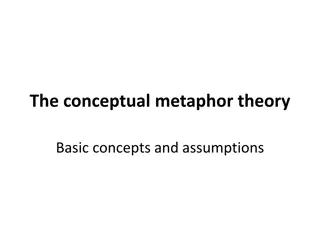Understanding Ballistic Galvanometer: Definition, Construction, and Theory
A ballistic galvanometer is used to estimate the quantity of charge passing through it. The working principle is based on the deflection of the coil, which is proportional to the charge. By utilizing a coil with high moment of inertia, accurate readings are obtained as the impulse of the coil reflects the charges passing through. This article explores the construction, theory, and working of a ballistic galvanometer with detailed explanations and diagrams.
Download Presentation

Please find below an Image/Link to download the presentation.
The content on the website is provided AS IS for your information and personal use only. It may not be sold, licensed, or shared on other websites without obtaining consent from the author. Download presentation by click this link. If you encounter any issues during the download, it is possible that the publisher has removed the file from their server.
E N D
Presentation Transcript
Patil M.R. (Assistant Professor) Dept. of Physics Deogiri College, Aurangabad
Ballistic galvanometer definition construction and theory
The galvanometer which is used for estimating the quantity of charge flow through it is called the ballistic galvanometer. The working principle of the ballistic galvanometer is very simple. It depends on the deflection of the coil which is directly proportional to the charge passes through it. The galvanometer measures the majority of the charge passes through it in spite of current.
When the charge passes through the galvanometer, their coil starts moving and gets an impulse. The impulse of the coil is proportional to the charges passes through it. The actual reading of the galvanometer achieves by using the coil having a high moment of inertia. The moment of inertia means the body oppose the angular movement. If the coil has a high moment of inertia, then their oscillations are large. Thus, accurate reading is obtained.
Consider the rectangular coil having N number of turns placed in a uniform magnetic field. Let l be the length and b be the breadth of the coil. The area of the coil is given as, A = l X b ----------- (1) When the current passes through the coil, the torque acts on it. The given expression determines the magnitude of the torque.
= NiBA ------------ (2) Let the current flow through the coil for very short duration says dt and it is expressed as , dt = NiBA dt -------------- (3) If the current passing through the coil for t seconds, the expression becomes, dt = NiBA dt
dt = NBA idt = NBAq ----------- (4) The q be the total charge passes through the coil. The moment of inertia of the coil is given by l, and the angular velocity through . The expression gives the angular momentum of the coil .
Angular momentum = l -------------(5) The angular momentum of the coil is equal to the force acting on the coil. Thus from equation (4) and (5), we get. l = NBAq ----------- (6) The Kinetic Energy (K) deflects the coil through an angle , and this deflection is restored through the spring.
Restoring torque = c2 Kinetic energy = l 2 The resorting torque of the coil is equal to their deflection. Thus, c 2 = l 2
c2= l2 ----------(7) The periodic oscillation of the coil is given as, T = 2 l/c T2= 4 2l/c T2/4 2= l/c
By multiplying the equation (7) from the above equation we get, ct / 2 = NBAq q = ct /NBA 2 q= ct/NBA2 -------(8) ( ) 2 = lcT2/4 Let , k =ct/ NBA2 q= k The K is the constant of the ballistic galvanometer.
